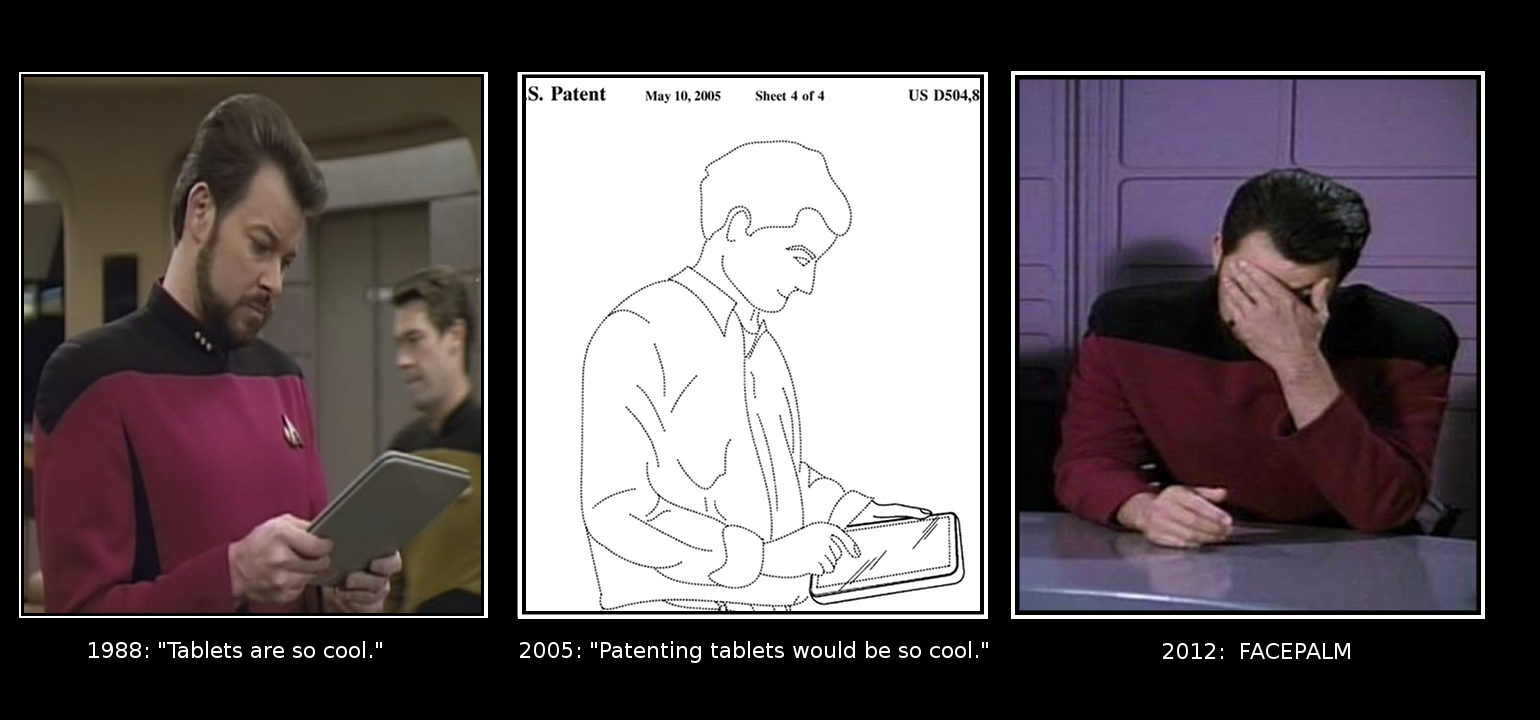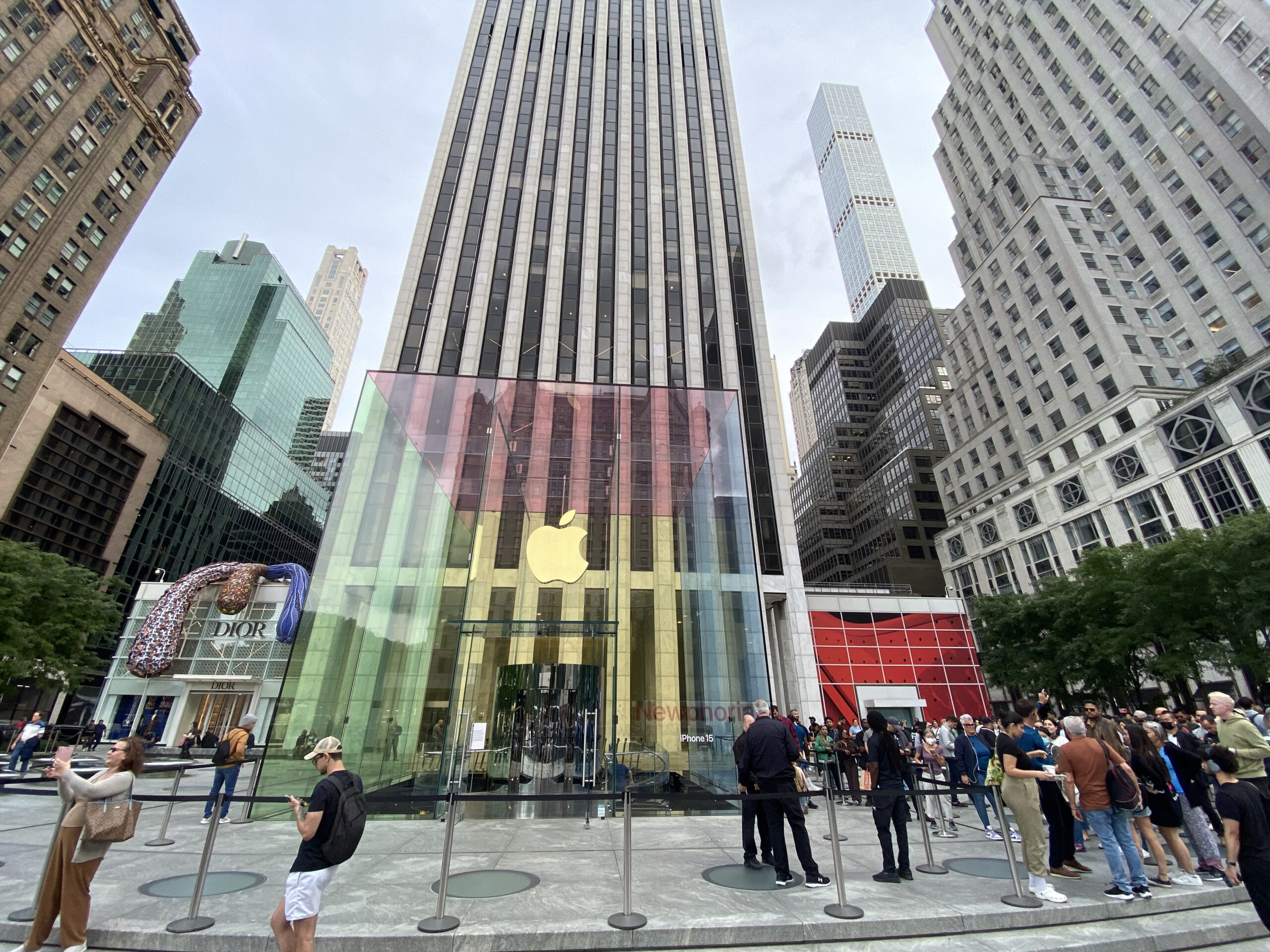Design Protection, Utility Patents, and the Apple v. Samsung Foodfight
Today in a San Jose courtroom the best and brightest in the California IP bar are locked in a brutal contest over who gets to sell rounded rectangles. David Kravets at Wired has a good overview of the smartphone and tablet slugfest, but much of the coverage has overlooked the significance of the fact that four of the allegedly infringed Apple patents here are design patents, not utility patents.
One could be forgiven for not being up to speed on design patents because in the ongoing patent wars they have received about as much attention as vessel hull registration. (Yes, we protect those too.) The difference between design and utility patents is ornamentation versus functionality. Design protection is only for the ornamental elements of an article of manufacture. According to the USPTO, “the design patent protects only the appearance of an article, but not its structural or functional features.”
In defending the validity of its sweeping design patents (which are the origin of the middle panel, above), Apple is in the bizarre position of having to claim that the functional aspects that make a smartphone desirable: flat and pocketable, no sharp edges, etc., are purely ornamental, and not useful at all. This fact led to ridiculous expert testimony from Apple arguing that Samsung had many alternatives available for its devices, instead of using Apple’s strictly “ornamental” design — alternatives such as:
“front surfaces that are not rectangular, not flat, and without rounded corners; display screens that are more square than rectangular or not rectangular at all, display screens that are not centered on the front surface of the phone…”
and
“overall shapes that are not rectangular with four flat sides or that do not have four rounded corners; front surfaces that are not completely flat or clear… and profiles that are not thin”.
Of course. Surely consumers would happily hold a large, thick, bumpy, sharp-edged hexagonal thing up to their head. They’ll no doubt appreciate the different “ornamental” approach while reading through their opaque screen. No functional drawbacks there.
Does that even sound like an object you would willingly put in your pants? Having a device that is not an unwieldy weapon-like object is a functional feature, not an ornamental design choice. One is not going out on a limb in concluding that if the object design increases your likelihood of getting strip-searched at the airport, those are functional drawbacks, and foreclosing functional features is not the purpose of design protection.
Internet humorists have already observed that ordinary people grasped the benefits of this functionality a long time ago, but a jury in California will have to decide for itself.









